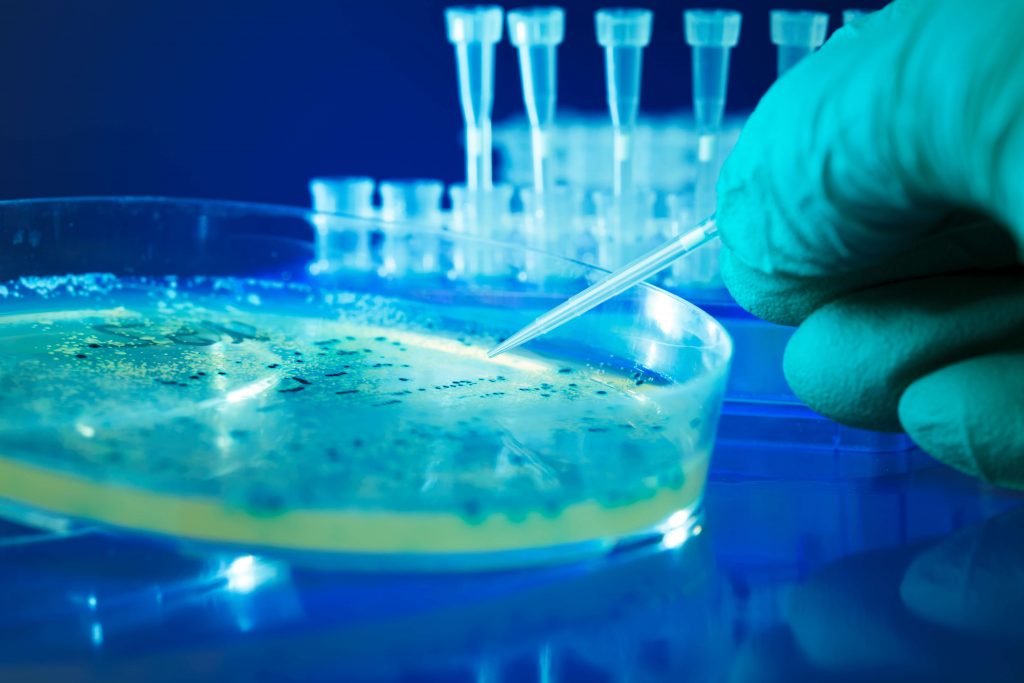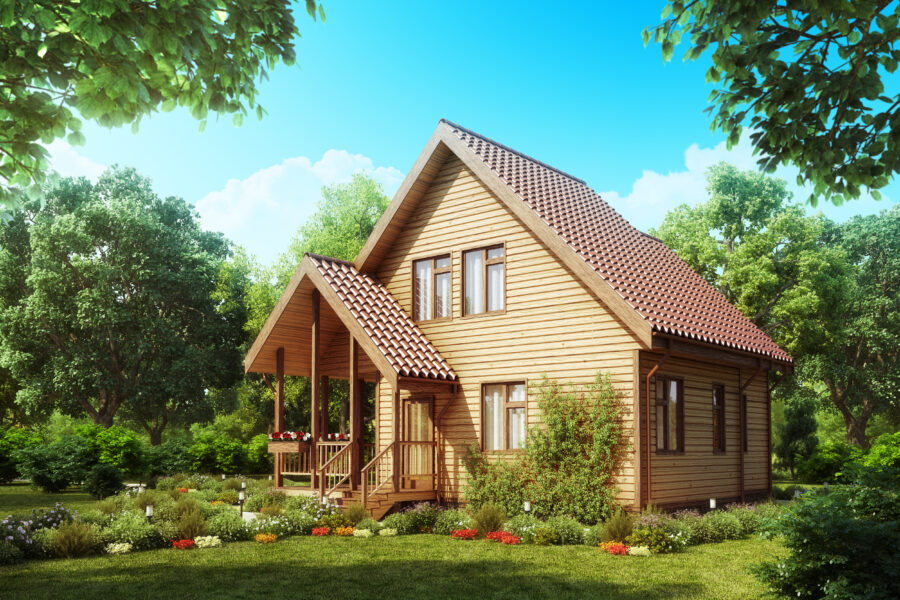
Microbial Control: Towards Sustainable Cities
With the world’s urban population accounting for almost 60% of the global population, and growing, rapid urbanization can lead to degradation and depletion of natural resources. Today more than ever,
Safety and performance are at the heart of the microbial control industry. Microbial control technologies are therefore the subject of extensive research, testing and registration. Our members lead in the production of new and innovative applications by using advanced techniques to produce technologies fit for real-world conditions. MCEC and its members are committed to developing and promoting new sustainable solutions that can improve the world we live in.

Microbial control technologies can enhance the lifespan of products in a wide range of applications. By prolonging the shelf life of products such as paints, plastics, wood and metal, antimicrobials can reduce waste. In turn, this means that fewer natural resources are needed, because products do not need to be replaced as often. MCEC’s members are working to manufacture products that are efficient in their use of resources while safeguarding human health and the environment.

The EU Green Deal and its Chemicals Strategy for Sustainability, Circular Economy Action plan and Climate Law demand an innovative, forward-looking approach to chemistry. Existing microbial control solutions need to continuously evolve to become more efficient, to improve the sustainability of the processes and materials they are used in, and to ensure they are safe to use from both a health and environmental perspective.
Increasingly, advanced microbial control products are intended for recycling and reuse during a manufacturing process, thus minimising waste and impact on the environment. Formulations are becoming more sophisticated and innovative, carefully balancing the required length of protection with speed of action and according to local environmental conditions.

With the world’s urban population accounting for almost 60% of the global population, and growing, rapid urbanization can lead to degradation and depletion of natural resources. Today more than ever,

Microbial control technologies can both stabilise a can of paint before its application and protect the material to which the paint is applied. Surface treatments via paint are especially important

Wooden furniture and timber are present in our homes in everything from window frames and wooden paneling to the very structure of the buildings themselves. Microbial control solutions in the

Corrosion is a naturally occurring phenomenon that gradually degrades and eventually destructs materials (usually a metal) via an (electro)chemical reaction with their environment. In a worst-case scenario and if not

Pipes are used everywhere around us. Over time, long pipes and the high organic load in water result in biofilm build-up. Biofilms consist of colonies of bacteria and other microorganisms
© 2024 microbial-control.com.
